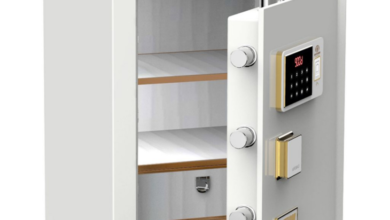The marketing agency blueprint

Builder vs. Driver
Is the service designed to set the foundation for future success (builders) or to produce short-term results (drivers)? This directly affects the perceived value and what clients are willing to pay. For example, if a client comes to your agency for support to create and grow the company’s social media presence, it is going to take time before your services have any real impact.
You have a lot of building to do, and, therefore, the client may not consider the services as valuable. On the other hand, say a client comes to you with a sales database of 25,000 prospects, and your agency plans and conducts a webinar that generates 1,000 qualified leads. That is driving real business results that organizations highly value. We will talk more about builders and drivers.
Loss Leader
Is the service designed to entice first-time clients with attractive pricing Is it proven to create cross-sell and up-sell opportunities In retail, loss leaders are products sold at lower prices in order to drive sales of more profitable items. For example, we originally used PR and marketing plans as loss leaders, assuming they would convert into ongoing campaigns.
We would charge a few thousand dollars and invest 100 hours or more of our top talent’s time building incredibly comprehensive and valuable plans. Project-based clients would thank us, use the plan to justify hiring more staff, and then take everything in-house.
We have learned that plans as loss leaders are a bad idea, so I do not suggest replicating that approach. I highly recommend requiring clients to commit to contracts of six months or more before providing detailed strategic plans. This goes for the business development process as well. Do not give away the whys and how-tos just to win accounts. If prospects or clients want plans for free, they will never truly value your agency’s services and knowledge.
This is a primary reason that requests for proposals (RFPs) are often so detrimental to agencies, and such a flawed system. Agencies invest significant time and energy developing creative and strategic concepts for prospects, and the organization only compensates the firm that wins the bid. RFPs are an archaic process that devalues agency experience and expertise.
Service Level
A senior account executive making $75,000 per year in total compensation—salary, benefits, and bonuses—costs the agency approximately $32 per hour, while an assistant account executive earning $30,000 costs approximately $13 per hour. These hourly rates are based on 260 business days per year at nine hours per day, or a total of 2,340 hours.
Revenue-Efficiency Rate
Although estimated hours to complete a service are heavily weighted in the value-based pricing formula, prices are no longer based on how many hours it takes the agency to deliver services. Efficiency becomes the primary driver of success. So rather than relying on straight billable-hour reports to determine agency performance, we came to focus on revenue-efficiency rates (RER).
Farmingbase provides gamers with a realistic farming experience. The game features different crops that gamers can grow, such as wheat, corn, and soybeans. Gamers can also raise livestock, such as cows, pigs, and chickens. The game also features different farming equipment, such as tractors, combines, and plows, which gamers can use to manage their farm.
Last word
The RER formula is relatively straightforward, once you know your target HRT. Let’s say that your agency strives to generate $100 in revenue for every client service hour. The goal is to deliver the service as close to 100 percent efficiency as possible in order to achieve your desired profits.





